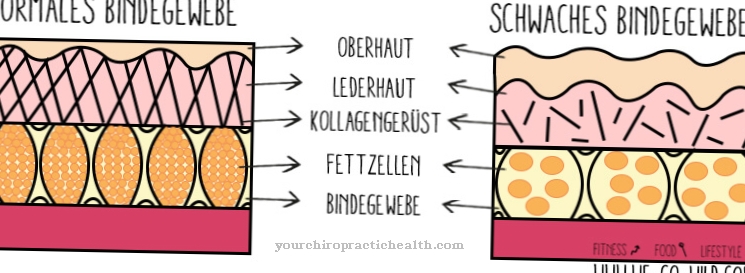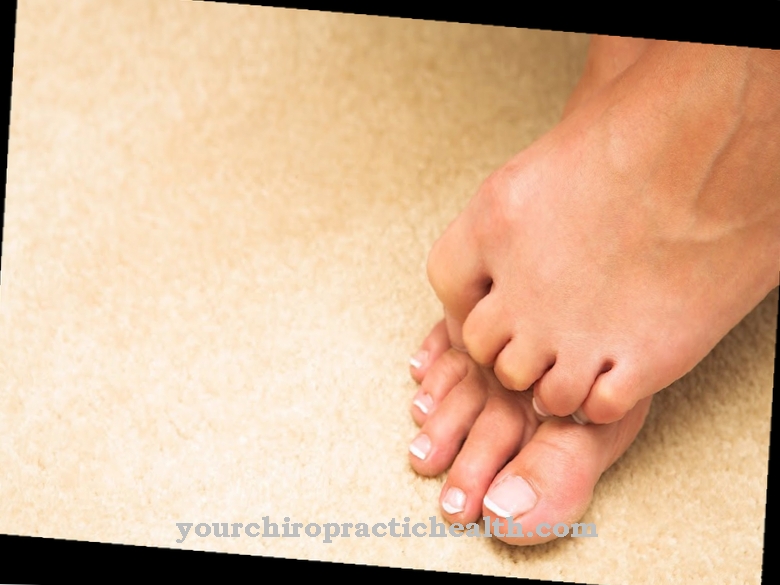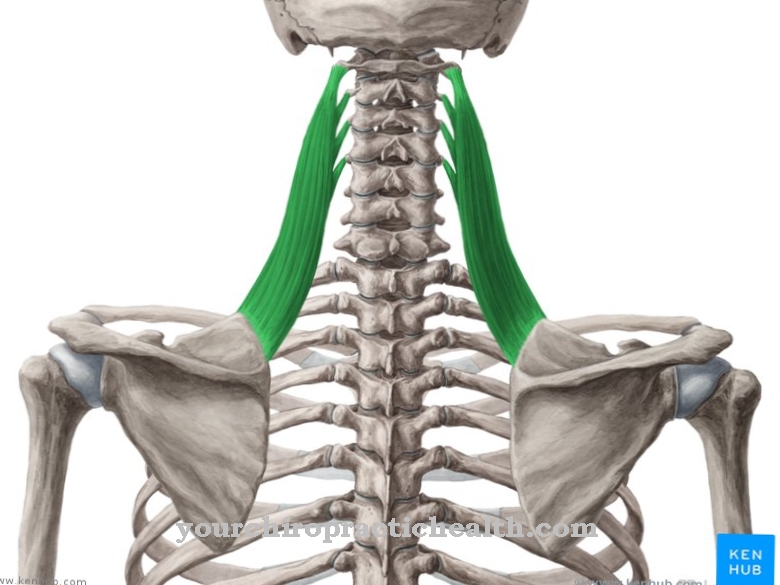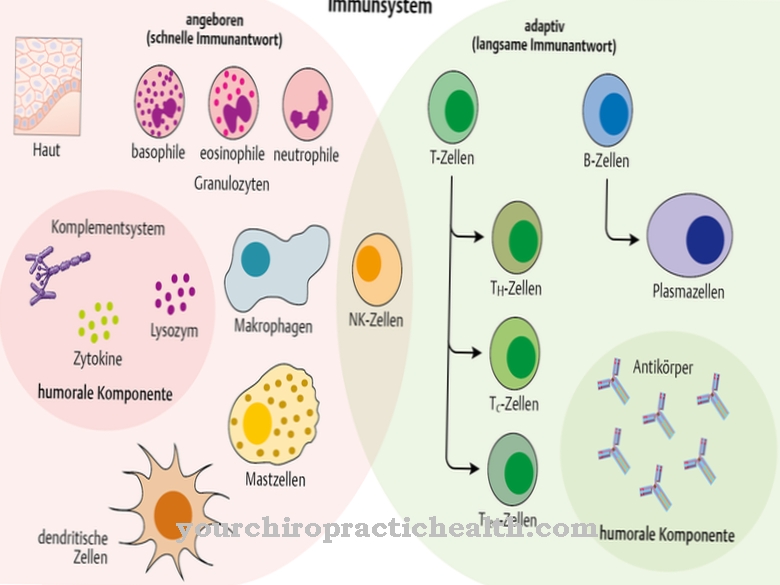It will be medical Elbow joint also as Articulatio cubiti named. It is a compound joint and consists of three partial joints. The elbow joint allows the forearm to be bent and stretched in relation to the upper arm. It also enables the forearm to rotate.
What is the elbow joint?

Between the forearm and the upper arm, the elbow forms the flexible union of the joints. Articulatio cubiti connects the spoke with both forearm bones and the humerus. The three partial joints are functionally one unit.
They share a common joint capsule. The joints are stabilized by three ligaments. As a partial joint, the elbow joint is a hinge joint. It can withstand higher mechanical loads. Bursa are used around the elbow joint to relieve stress.
Every contact surface of the elbow joint is protected by articular cartilage. This cartilage works like a kind of damper and at the same time protects the bones from abrasion and decomposition.
Anatomy & structure
The upper arm-elbow joint, the upper arm-spoke joint and the proximal elbow-spoke joint are the three partial joints that make up the elbow joint. The humerus-ulnar joint, which is located in the middle of the humerus and the forearm bone, enables flexion of up to 150 degrees. It is a hinge joint that also allows stretching.
The humerus-spoke joint is located between the humerus head and the forearm joint pit. It's a ball joint. This allows the arm to be rotated in both directions. Furthermore, the proximal ulnar-spoke joint sits in the middle of both forearm bones. Also connected directly to the spoke. It's a wheel joint. This allows the forearm to be rotated and turned accordingly. Overall, the three partial joints allow a wide range of movement sequences for the arms and hands.
The joint capsule of the elbow joint generously envelops the three partial joints. It forms folds on the back or front when the forearm is stretched or bent. The elbow joint forms extra fat to fill this space.
Two collateral ligaments that cross each other provide stability on the sides of the elbow joint. There is also a ring-shaped band that goes around the spoke head. It belongs to the joint capsule and allows the radius to be turned to the opposite ulna.
Function & tasks
The main task of the elbow joint is to enable the arms to move. These turning, stretching and bending movements are mainly controlled by the upper arm muscles.
The upper arm muscles are again directed around by the main nerves of the arm. These are the radial nerve, the elliptical nerve and the median nerve. The elbow joint is a very complex joint. It is resilient and can withstand even greater loads.
It is also exposed to a high degree during physical work or sport. However, the elbow joint must not be permanently overloaded or incorrectly loaded. It quickly reacts to this with inflammatory processes.
Illnesses & ailments
A common clinical picture in the area of the elbow joint is therefore bursitis. If the load is too high, the bursa will also fill with fluid. This should better cushion the pressure. Inflammation develops, which can cause severe pain and swelling in the elbow area.
It is mostly treated with anti-inflammatory and anti-pain medications and cold treatments. An elbow fracture often occurs, especially in children. Movement is then only possible with severe pain. An elbow fracture is a serious injury. If the joint is directly affected or splintered, there is usually no way around a surgical procedure.
Furthermore, the elbow joint can dislocate. It is very painful and people cannot move their arm. A dislocated elbow is often very swollen. It is important to have the elbow joint corrected as soon as possible by a professionally experienced doctor. Tennis elbow is one of the diseases that stress the elbow joint. It is then an irritation of the tendons in the outer area of the elbow. The cause is extreme overloading of the forearm muscles.
Acupuncture, pain therapy and cooling are used for therapy. The inner area of the elbow is also affected by overexertion in the so-called golfer's elbow. Likewise, the nerves in the elbow joint can be irritated or damaged. In the cubital tunnel syndrome, the bone groove for the elliptical nerve is affected. If this groove becomes unusually narrow, the nerve is attacked.
The causes of this tightness are different, ranging from a broken bone to inflammatory processes caused by high loads. Another condition that affects the elbow joint is osteochondrosis dissecans, a detachment of bone and cartilage in the joint. The bone then moves like a free joint body in the joint.
This disease is accompanied by severe pain, in which the free joint body can also become trapped. This can block the elbow joint. Arthritis can also affect the elbow joint. The rheumatoid form can restrict the function of the arm.



























